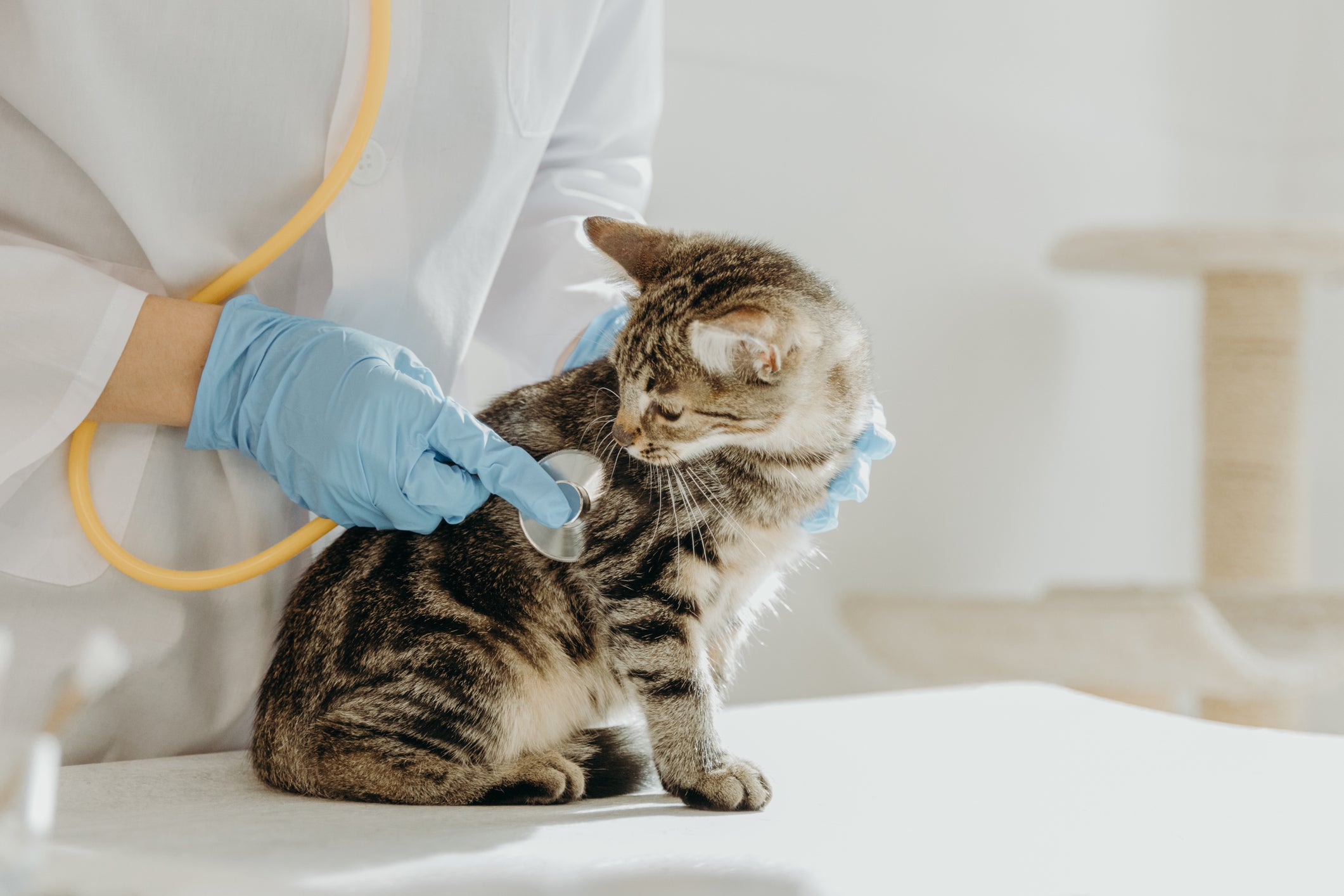When to Neuter or Spay A Cat

If you're a cat parent, you've probably asked yourself, "When is the right time to spay or neuter my cat?" You're not alone. The answer can make a big difference in your feline friend's health, behavior, and even your household harmony.
Let’s walk through everything you need to know, from the ideal timing to benefits and what to expect.
Key Takeaways
-
The recommended age to spay or neuter a cat is around five to six months. Early enough to prevent behavioral issues and accidental litters, but safe for surgery.
-
Spaying and neutering reduce risks of cancers and infections, and help prevent spraying, aggression, roaming, and loud mating-related behaviors.
-
Spaying or neutering your cat is a responsible choice that not only benefits your pet but also helps reduce overpopulation and shelter overcrowding.
What Does It Mean to Spay or Neuter?
First things first:
-
Spaying is the surgical removal of the ovaries and uterus in female cats.
-
Neutering (also called castration) is the removal of the testicles in male cats.
These procedures prevent cats from reproducing and bring along many health and behavioral benefits.
The Best Time to Spay or Neuter a Cat
5-6 Months Of Age
Most veterinarians recommend spaying or neutering your cat around five to six months of age.
At this age, your kitten is still young and resilient, but mature enough to safely undergo anesthesia and recover quickly.
Why Not Sooner or Later?
Early spay/neuter (as young as 8–12 weeks) is often done in shelters to ensure adoption-ready pets don’t reproduce. It’s safe with proper veterinary care, but some vets prefer waiting a little longer for bone and organ development.
Waiting too long (after 6–8 months) increases the chance of behavior issues like spraying in males or heat cycles in females and, of course, accidental litters.
What Are the Benefits?
Health Benefits
-
Reduces cancer risks: Spaying before the first heat greatly lowers the risk of mammary tumors (which are often malignant in cats).
-
Prevents uterine infections (like pyometra) in females.
-
Eliminates testicular cancer risk in males.
Behavioral Benefits
-
Less spraying and territorial behavior (especially in males).
-
Reduces roaming as intact cats may travel far and wide looking for mates.
-
Less yowling and restlessness during heat cycles.
No Surprise Kittens
Every year, millions of kittens end up in shelters. Spaying and neutering your pet is a proactive step in reducing unwanted litters.
Signs Your Cat Might Be Ready (Or Overdue)
Females entering heat may become vocal, affectionate, and try to escape. Males may start spraying strong-smelling urine to mark territory or show aggression. If you're seeing these behaviors, it's time to call your vet!
What to Expect After the Procedure
Your cat will typically:
-
Go home the same day or the next day.
-
Need a few days of quiet recovery.
-
Require you to monitor their incision site.
-
Wear a cone to prevent licking.
If your cat is stressed or anxious after the procedure, here are some ways to calm your cat down.
Within a week or two, they’re back to their playful, purring selves.
FAQ
What is the best age to spay or neuter a cat?
Most veterinarians recommend spaying or neutering around 5 to 6 months old, before the onset of puberty and behavioral issues.
Is it safe to spay or neuter a kitten early?
Yes. Many shelters spay/neuter kittens as young as 8–12 weeks. With proper veterinary care, early-age procedures are considered safe and effective.
Will my cat's personality change after the surgery?
Not drastically. Spaying or neutering may reduce aggression, spraying, and roaming, but your cat’s core personality, like affection or playfulness, remains the same.
How long is the recovery period after spaying or neutering?
Most cats recover within 7–10 days. They may be a little groggy at first and need rest, but they typically bounce back quickly with proper post-op care.
Why is it important to spay or neuter my indoor cat?
Even indoor cats can escape or accidentally reproduce. Spaying/neutering also offers health and behavioral benefits beyond just preventing litters.


